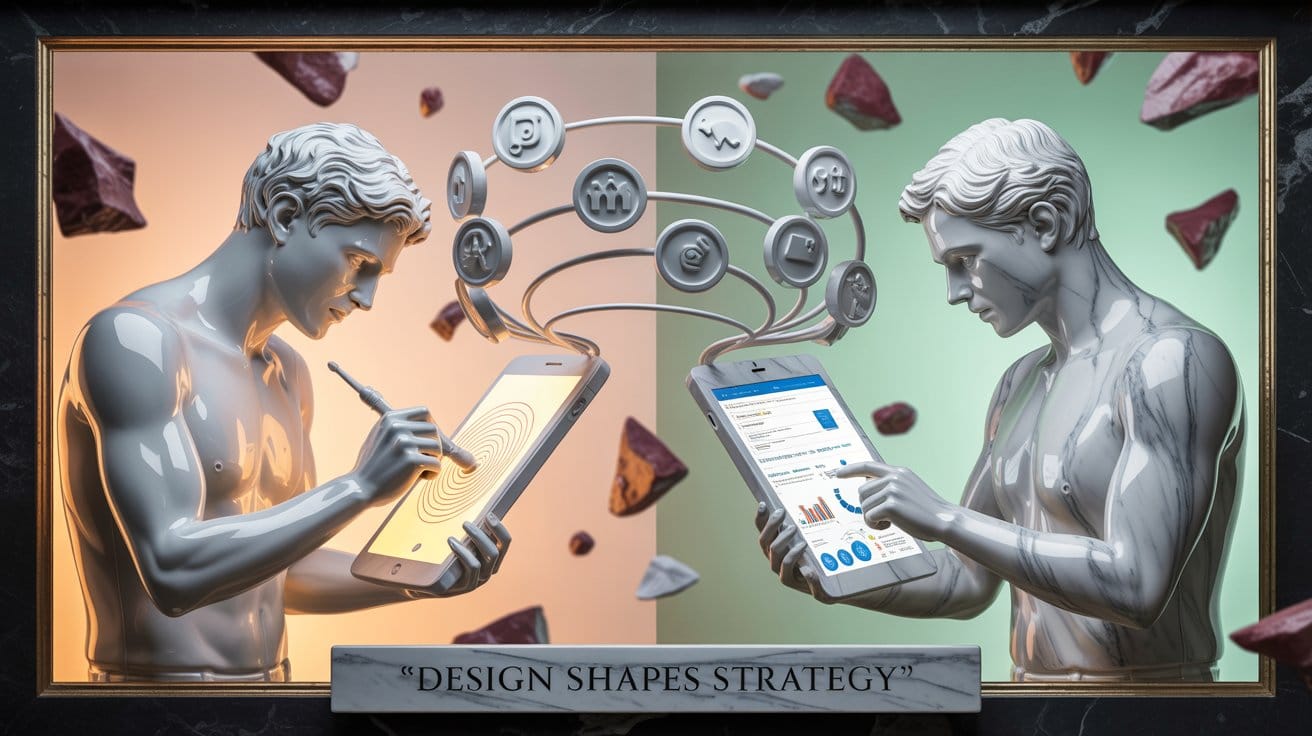In today’s digital landscape, brands fight hard to capture attention. From social media ads to SEO campaigns, every effort is directed at one thing: getting in front of the right audience. But here’s the truth: attracting visitors is only half the battle. The real game-changer is what happens after they land on your website or app.
This is where User Experience (UX) design becomes a critical force in digital marketing. A well-crafted UX not only keeps visitors engaged but also guides them seamlessly toward taking action, whether that’s signing up for a newsletter, making a purchase, or simply consuming your content. Marketing may open the door, but UX determines whether people step inside and stay.
Let’s explore why UX is essential to digital marketing, the key elements that elevate campaigns, and how both fields work hand in hand to create digital success.
Why UX is Essential to Digital Marketing
Think about the last time you clicked on an ad. Maybe it promised an irresistible offer or a product you’d been curious about. You clicked, landed on the page… and within seconds, you closed it. Why? Perhaps the site was slow, the design looked outdated, or the navigation was so confusing that finding information felt like a chore.
This is exactly why UX matters. Digital marketing can spend thousands (even millions) driving traffic, but if the experience fails, that investment evaporates.
- First Impressions Matter: Studies show that it takes less than a second for users to form an opinion about a website. Clean, intuitive design makes visitors feel like they’re in the right place.
- Retention is Cheaper than Acquisition: Getting users in the door is expensive. Keeping them engaged with smooth UX ensures they return, reducing churn.
- Direct Impact on ROI: Campaigns may boost clicks, but only UX converts those clicks into actual leads or sales.
In short, marketing brings the traffic, but UX converts it into value.
Core Components of UX that Elevate Digital Marketing
What makes a user experience truly “good”? While aesthetics play a role, effective UX is rooted in usability and accessibility. Let’s look at the elements that elevate digital marketing efforts:
- Intuitive Navigation
A clear, logical structure ensures users can find what they need quickly. When navigation feels like second nature, people spend more time exploring. - Fast Loading Speeds
Every extra second of load time increases bounce rates. Marketing campaigns lose effectiveness if users abandon a site before it even loads. - Mobile Optimization
With most internet traffic now coming from mobile, responsive design is no longer optional; it’s critical. A site that looks beautiful on desktop but clunky on mobile instantly alienates half the audience. - Compelling CTAs (Calls-to-Action)
“Buy Now,” “Subscribe,” or “Learn More” buttons should stand out, be easy to find, and align with campaign messaging. Subtle differences in design, like button size, color, or placement, can dramatically affect conversions. - Accessibility and Inclusivity
UX isn’t just for some users; it’s for everyone. Designs that accommodate different abilities (screen readers, color contrast, text resizing) expand your audience while boosting credibility. - Visual Hierarchy
Smart use of fonts, spacing, and color ensures important information isn’t missed. For instance, headlines should draw attention first, guiding the eye naturally to supporting details.
Each of these UX elements directly supports digital marketing’s mission: to engage, persuade, and convert.
How UX and Digital Marketing Collaborate for Success
While UX and marketing are distinct disciplines, their overlap is where businesses thrive. Here’s how they work together:
- Data-Driven Design
Marketing teams gather insights from campaigns, bounce rates, click-throughs, and drop-off points. UX designers take that data and refine the user journey, removing barriers and improving flow. - Conversion Rate Optimization (CRO)
Imagine a campaign that drives 10,000 visitors. With poor UX, only 2% convert. Improve the design, simplify the checkout, reduce form fields, and suddenly the conversion jumps to 5%. That’s more than double the ROI with the same traffic. - SEO Synergy
Google rewards websites that prioritize UX. Fast-loading, mobile-friendly, and well-structured sites rank higher, meaning UX indirectly fuels organic visibility. - Trust and Branding
A polished, professional interface signals credibility. If your website looks outdated or messy, users question the legitimacy of your brand no matter how great the product is.
In essence, marketing attracts attention, and UX builds trust. Together, they move users from awareness to loyalty.
Supporting Content Marketing with UX
Content marketing thrives on great UX. Imagine writing an incredible blog post or producing a high-quality video, only for users to bounce because the site is hard to navigate. That’s wasted effort.
Here’s how UX supports content strategies:
- Readability: Clean layouts, easy-to-read fonts, and white space keep readers engaged. A cluttered page makes even the best article hard to digest.
- Discoverability: Internal linking, smart categorization, and recommendation widgets help users explore related content, increasing time on site.
- Engagement Features: Interactive elements like quizzes, polls, or calculators transform static content into immersive experiences.
- Consistency Across Channels: Whether a user lands on your blog via Instagram, an email newsletter, or organic search, the UX should feel seamless and familiar.
When content and UX align, your marketing message isn’t just consumed, it’s remembered.
Real-World Example
Take e-commerce giant Amazon. Their marketing efforts drive users to product pages, but it’s the UX, recommendation algorithms, streamlined checkout, and one-click purchasing that keep customers buying again and again. Similarly, Apple’s clean product pages and intuitive navigation aren’t just design choices; they’re part of a deliberate strategy that makes marketing messages shine.
Even small businesses can learn from this: A local bakery promoting its seasonal menu online will convert more visitors if the website loads quickly, the menus are easy to view on mobile, and the ordering process feels effortless.
Final Thoughts
Digital marketing may be the engine that drives people to your brand, but UX is the road that ensures they get where you want them to go. Without UX, even the most creative campaigns risk falling flat. With it, every click has the potential to turn into a lasting relationship.
For businesses aiming to thrive online, the message is clear: UX design isn’t just about aesthetics, it’s a critical part of your digital marketing strategy. Investing in UX means investing in the long-term success of your campaigns, your content, and your brand as a whole.
In a world where user expectations are higher than ever, the smartest marketing move isn’t just to shout louder, it’s to design better experiences.
Ready to Turn Clicks into Customers?
Wunderkint helps you maximize every visitor your marketing brings in. Pair seamless design with personalized marketing to supercharge results.
Let’s Elevate Your Digital Marketing With UX.







